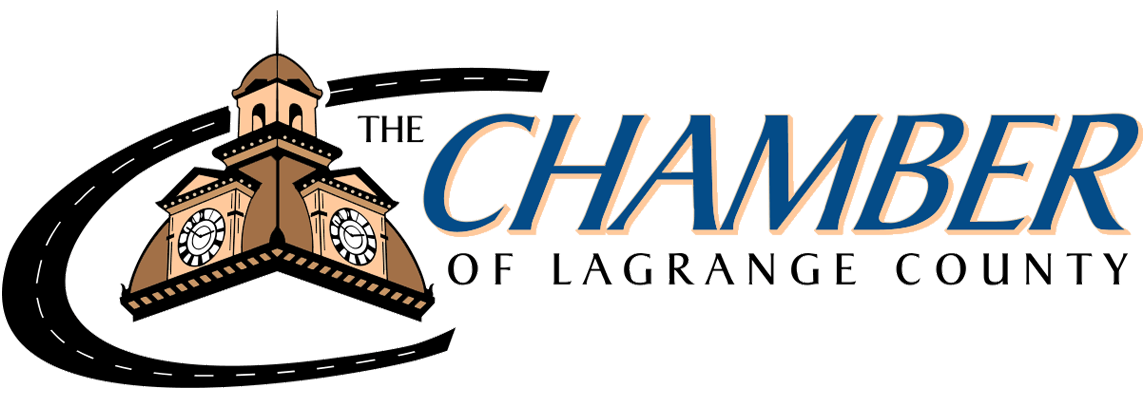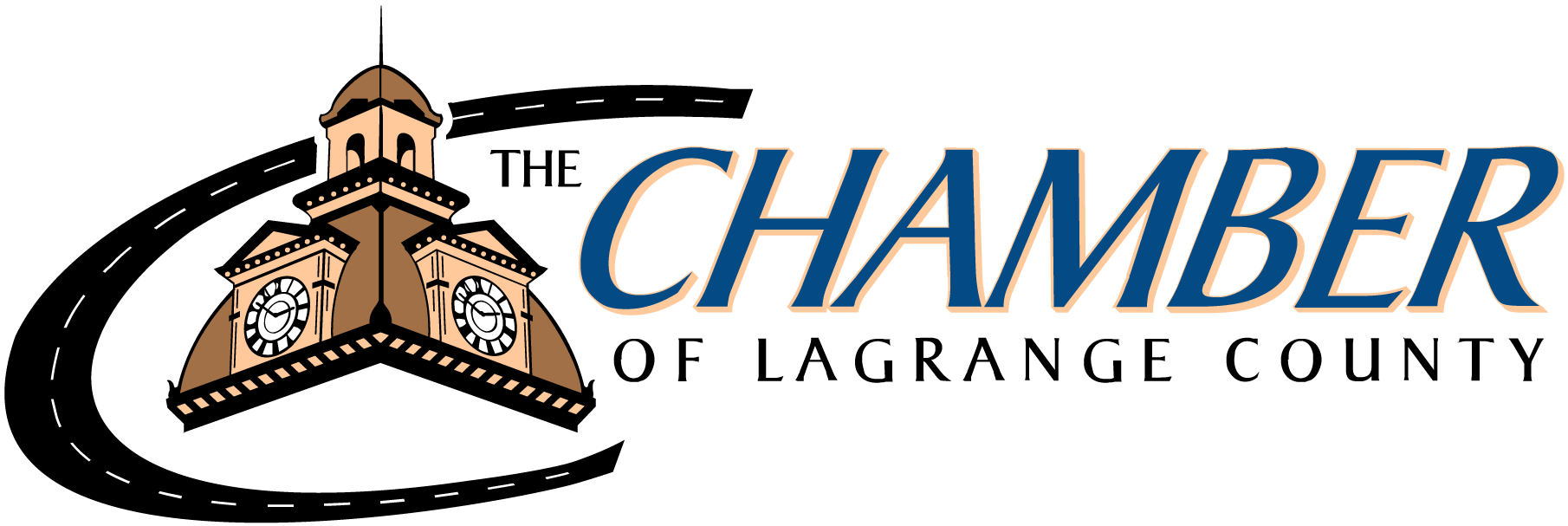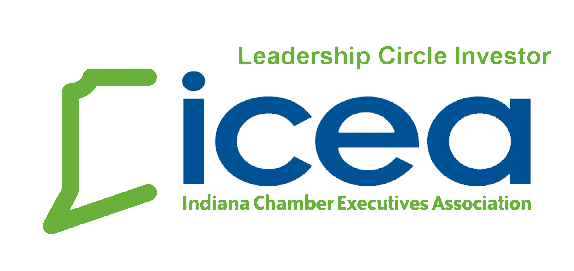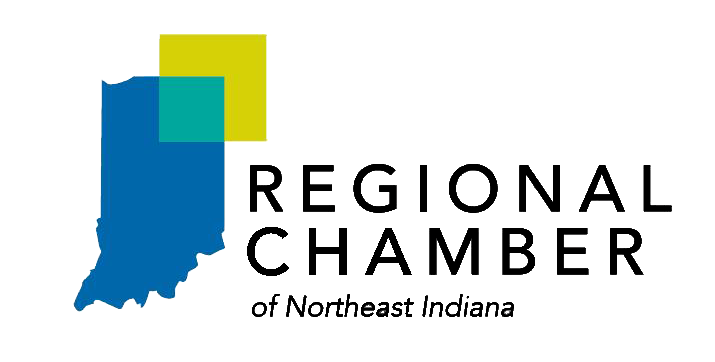Coffee with the County - The Day We Moved In
My family moved into our old farmhouse-style home when I was two years old. My parents had three children at that point, one being a brand-new baby, and their hands were full. Now, some thirty-plus years later, I recall the story my parents still tell from time to time–the one about the day we moved in.
You see, we hadn’t moved far from our previous home in LaGrange on Grant Street. Yet, we were completely uprooting our home surrounded by neighbors and familiarity to move into “the country.” We didn’t know anyone in the neighborhood, but my parents were ready for the change. When we arrived–my mom, dad, my four-year-old brother, my two-year-old self, and my newborn sister–we were met with neighbors. They sat on our picnic table waiting for us to arrive, armed with muscle and hospitality.
My parents still live in that same house, and my husband and I live just a hop, skip, and a jump down the road. Those same neighbors who were ready to help then are equally eager to help anytime a need arises now. I hope that we are the same kind of neighbors based on what we learned from them.
As I reflect this week and begin typing out this column, I think of how rare it is in today’s world to have a similar neighborly approach to daily living. It’s almost an anomaly to see it in our current-day society, yet in LaGrange County is in our very DNA. It’s seen in our businesses, in our weekend grocery store trips, and when we walk up to the local bank teller. Our people just “get it,” and understand the value of neighborly community. My own personal hypothesis is that our roots–the Amish-Mennonite community culture local to LaGrange County–has served as the foundation and sustainability of these very virtues.
I’ve spent my lifetime under the fold of these core values, largely under the influence of Amish neighbors, babysitters, and friends. I have learned a few things I’d like to share this week about the goodness of LaGrange County, that perhaps might be worth infusing into our businesses, communities, and our own personal lives.
- Give, even when it stretches you. When a need arises in our county, people are just plain ready to help. So, go to that fundraiser, spend your Saturday serving, or offer your skillset to lighten a burden. It's about using what we’ve been given to ensure the needs of those around us are met.
- A little sweat never hurt anyone. Baling hay; Putting up quarts upon quarts of fresh vegetables; Butchering fresh meat; Installing new fencelines; Harvesting the fields. Hard work is, well, hard. But, not only is it valuable, it is even more so essential to the very nature of who we are.
- Linking arms really is the best way to get it done. Two examples I’ve seen of this: (1) Once a week all summer long, multiple individuals and push mowers arrive at the schoolhouse across the road fro my house. Within an hour, they have the entire schoolyard mowed. This would take several hours for a single person to accomplish. (2) At my first Chamber luncheon, I walked in–not sure I understood what a Chamber was–and saw three or four bankers from different institutions sitting at the same table, laughing together. Competition is real, but so is community. When we allow ourselves the opportunity to put our guard down for the betterment of our neighborhood, real change happens.
- Community is firstly found around the table. Boy do we like good, homestyle cooking around here! But, the food is not ne arly as important as the fellowship that surrounds a meal. Joining together for supper? Well, come two hours early for games and porch-sitting, then stay for three hours after for more games and sharing. We know how to do community, and more often than not, it starts with the passing of a platter of food.
- Fresh country air is a real thing. Now, this one may be less manageable by humans and more so elevatable because of our geographic location, but nonetheless…our rural setting provides the best spaces for unwinding, refreshing, and communing. Get outside and put the screens down. Your body and mind will thank you. From bonfires to bike rides, from walks to a swim in the neighbor’s pond, our fresh country air is almost healing to the soul.
I am fortunate for the community in which I grew up and now am raising my family. It has sculpted me into who I am today, and I see–daily!--these values being lived out for the betterment of our neighbors. This week, I’m not challenging you to wait on a picnic table for your newest neighbors to move in, but I am encouraging you to consider how you might take the values of our neighbors and infuse them into your daily life. Community isn’t just a word around here. It’s our way of life.





